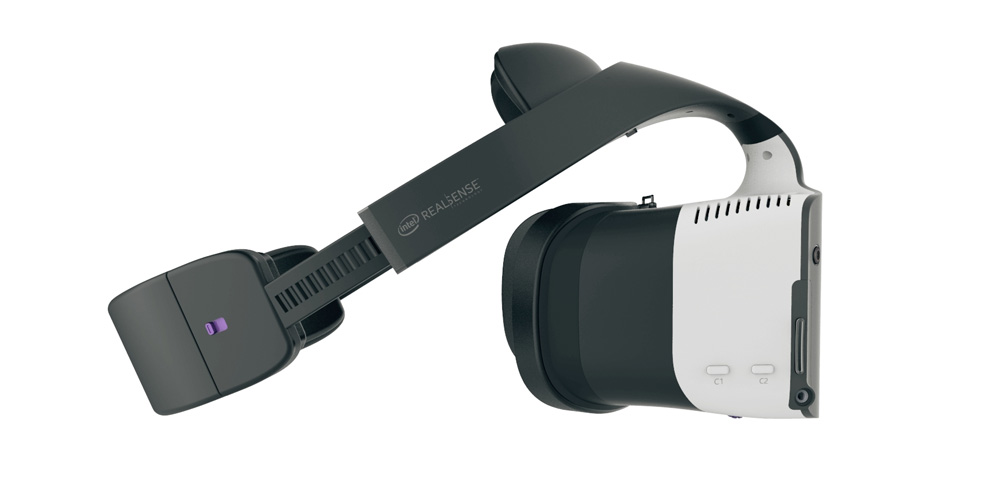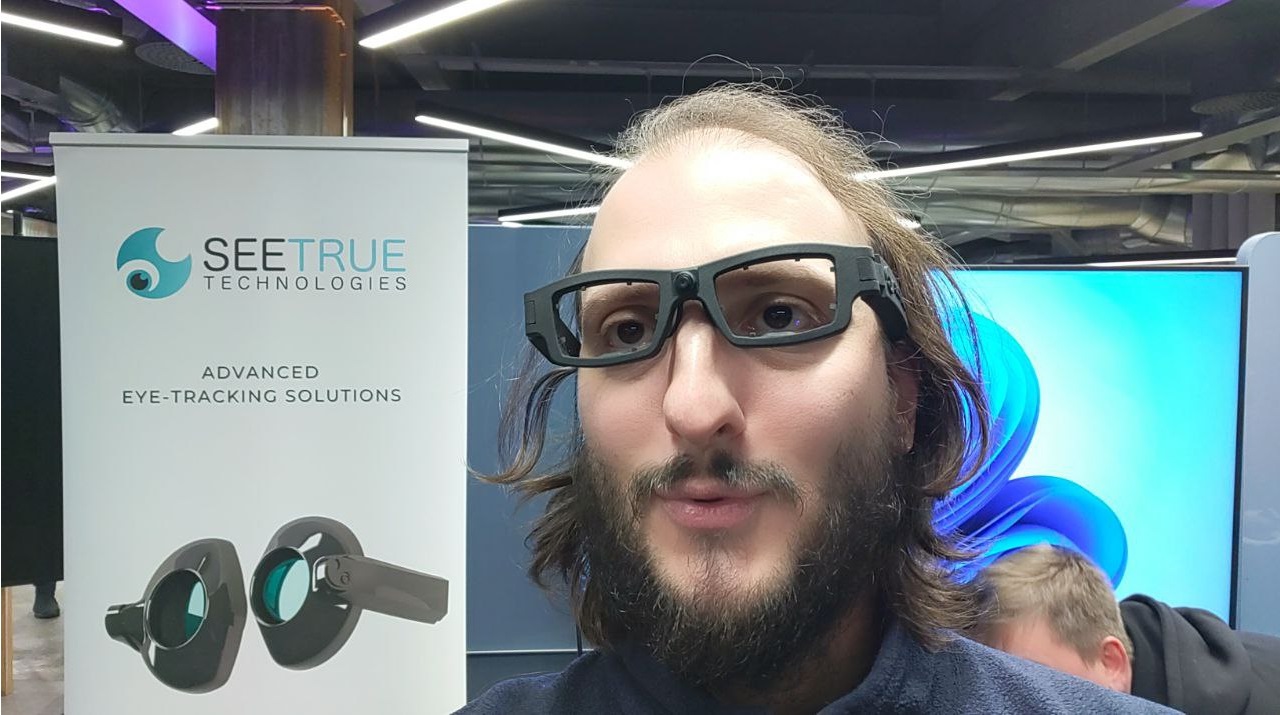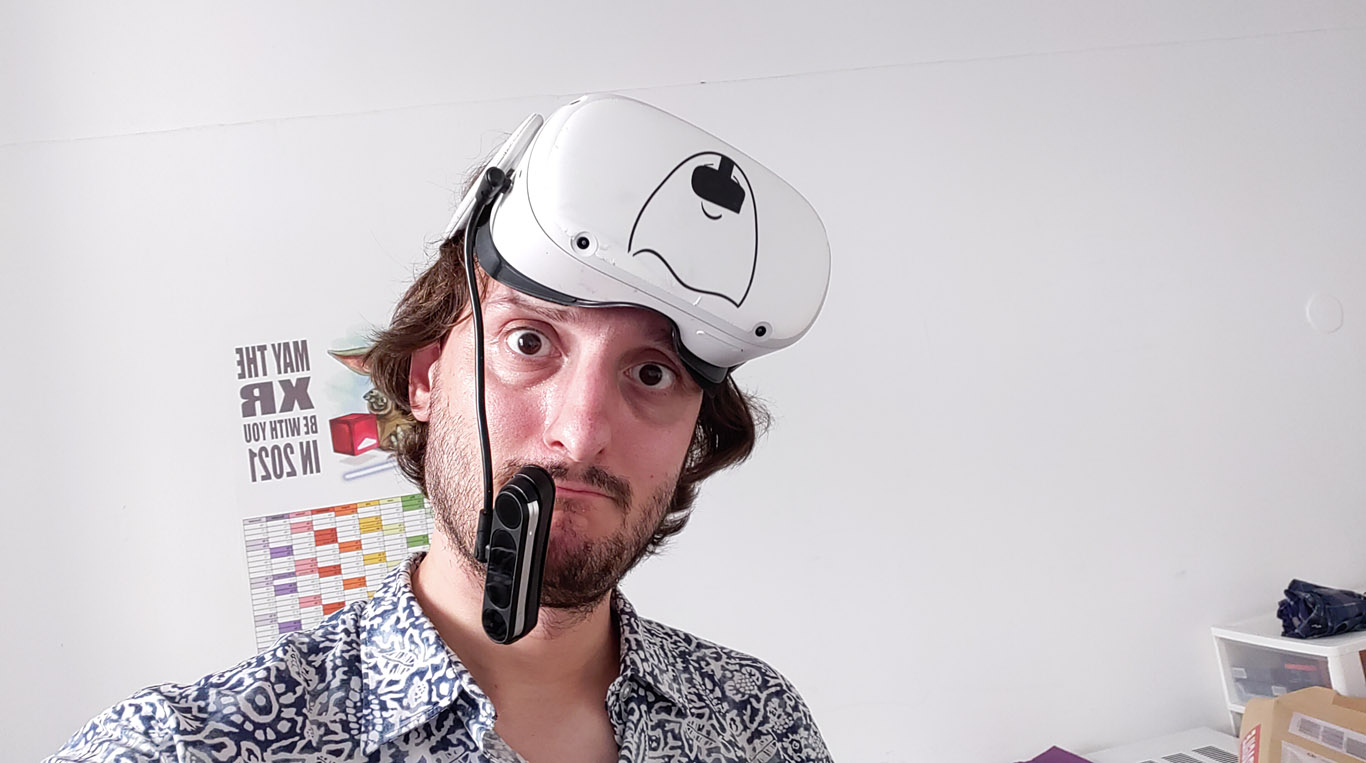Will Alloy change virtual reality?
Today I went on reddit, to find the front page full of news about this new marvelous piece of tech: Intel Alloy.
As you can see from the video, it is a standalone virtual reality headset, that can detect the user’s hands and other objects and people present in the scene. The amazing things about this new product are:
- It is standalone, so it doesn’t need a PC or smartphone to run. This means that users don’t need to buy a super-expensive VR-ready PC, so it is cheaper than alternatives like Oculus or Vive;
- It is wireless: being standalone, there is no annoying cable you have to care about: you are free to move. Another advantage on the competition;
- It has a dedicated processing unity: it is an independent dedicated system, it is not powered by an external multipurpose device like a smartphone (as the GearVR do), so it can have super-powerful VR-ready processing unit and be more powerful than GearVR;
- It performs mapping of the room where the user is playing, so you can have positional room-scale tracking with a mobile headset. This is a HUGE improvement above GearVR, where (the god) Karmack has still not found a solution for positional tracking. There was a company, called Dacuda, that showed a prototype for room scale with mobile headset, but their product is not out yet;
- It also tracks people and objects that the user is seeing… what can you desire more?
So, we’re talking about a super-mega-iper product that makes pressure on competitors like Oculus and Vive. But in my opinion there are some flaws, too:
- The product is not already out. This means that we’re talking about something that Intel is developing. The live demo has showed us that they actually have this technology, but until the day I’ll be able to try it, I’ll consider this an awesome reasearch project that they have shown us to make a super-marketing operation;
- It is still not clear the price (it may cost thousands of dollars, so be unfeasable for consumers);
- It is still not clear how much time the battery can last (doing that kind of tracking is really power-consuming);
- It is standalone, so it is a device FOR VR ONLY. If you have a GearVR, you have bought a great smartphone that you can use for 1000-thousands things + you have spent only 99$ for the headset. If you buy this device, you can use it only for virtual reality… and we know that virtual reality has not so many contents to use at the moment.
The launch of this project reminds me the launch of the Hololens
Both are amazing innovative projects; both are standalone devices; both lets you interact with your hands and move freely in your room; both are being announced with big surprise and excitement; both are from companies with great experience in body tracking products (Realsense for Intel, Kinect for Microsoft). And exactly as with Hololens, I think that this new amazing product will be initially targeted to business customers, that are more prone to spend money for innovative and useful products.
Honestly I thought that Google would be the one to produce this kind of product, since they’re developing Tango technology. The fact that Intel superseded Google surprised me a lot.
So, Intel has found a way to use their Realsense technology. But we hinted the use of Realsense with virtual reality 2 years ago: Immotionar proposed two systems using Oculus DK2 + Realsense at the Intel Realsense App Challenge as you can see in this (terrible) video we made two years ago (but forgive us, we finished 1 minute before the deadline… this was the best that we could make)
And I like to think that we inspired Intel to make this kind of project… so… Intel, give us the royalties! (and you, reader, share this article to share the knowledge! :D)
Disclaimer: this blog contains advertisement and affiliate links to sustain itself. If you click on an affiliate link, I'll be very happy because I'll earn a small commission on your purchase. You can find my boring full disclosure here.



